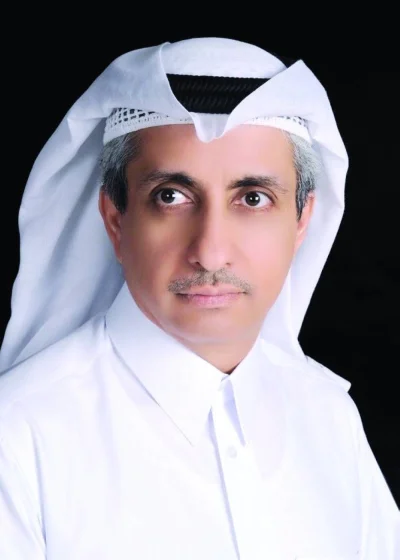The Hamad Medical Corporation’s Hamad General Hospital treats 68% of acute stroke patients within 60 minutes of arrival, a senior doctor said on Monday.
This figure is higher than the international benchmark of 50 to 60% of patients who suffer an acute stroke receiving medical intervention within one hour of arrival at the hospital.
The fast and effective treatment of stroke patients has been achieved despite an increase in the number of such cases seen at HMC each year.
In 2018, a total of 2,200 suspected stroke patients were admitted to the HGH Stroke Ward, an average of 199 patients a month compared to just 98 a month in 2015.
Dr Naveed Akhtar, head of Stroke Services at HMC, highlighted the need for prompt treatment of stroke patients.
“The speed at which treatment can be given to stroke patients is of the highest importance. A stroke leads to complete or partial restriction of blood flow in the brain and damages brain cells so they can no longer work properly. The more time that passes between the stroke happening and medical intervention, the greater the damage that can be done. The term ‘time is brain’ is frequently used to emphasise the need for fast intervention, as the faster treatment can be given following a stroke, the better the chances of recovery,” Dr Akhtar said.
Known as ‘door to needle time’, the international benchmark of treating 50 to 60% of patients within 60 minutes from arrival at hospital relates specifically to the use of thrombolysis, a clot-busting medication.
“Thrombolysis is a very effective treatment that can greatly increase a stroke patient’s chances of making a full recovery, but this must be given within 4.5 hours of the onset of symptoms. Meeting this time frame requires effective and timely assessment, diagnosis, and treatment of stroke patients with efficient co-ordination between the Ambulance Service, Emergency Department, stroke specialists, and imaging teams,” said Dr Akhtar.
In addition to the efficient use of thrombolysis to treat stroke patients, HMC’s Stroke Service is increasingly utilising interventional thrombectomy, the retrieval of blocked vessel clots through a catheter.
“Thrombectomy is a very effective way to clear a blocked blood vessel, especially for ‘large vessel blockages’ where thrombolysis might not re-open the vessel, and in ‘wake-up strokes’ when the time of stroke onset is not clear. In 2018, a total of 70 patients received interventional thrombectomy at HGH, almost four times as many as in 2015,’’ added Dr Akhtar.
HMC’s Stroke Service has undergone an enormous transformation in recent years and is now one of the leading services of its kind in the region, as Dr Maher Saqqur, head of neurology at HMC, explained.
“Since 2014, the Stroke Service at HMC has twice been accredited by the Joint Commission International, endorsing the quality and safety of the care it provides to patients. We are seeing increasing numbers of stroke patients and we have worked hard to ensure we provide them with the very best care possible,” added Dr Saqqur.



